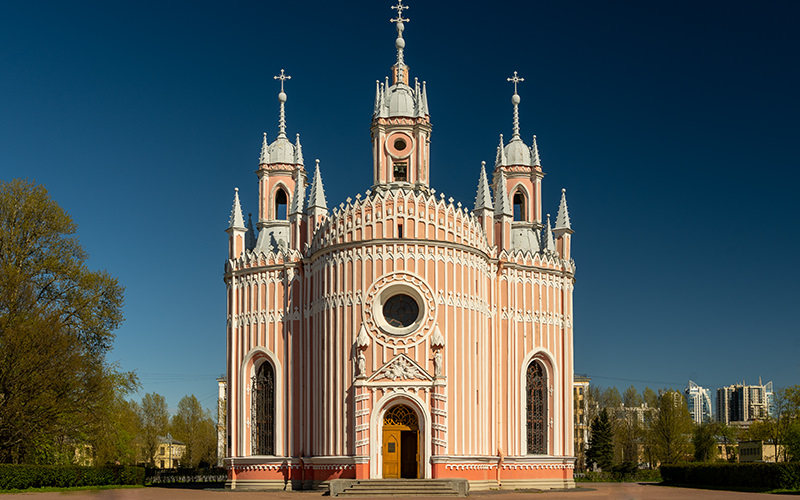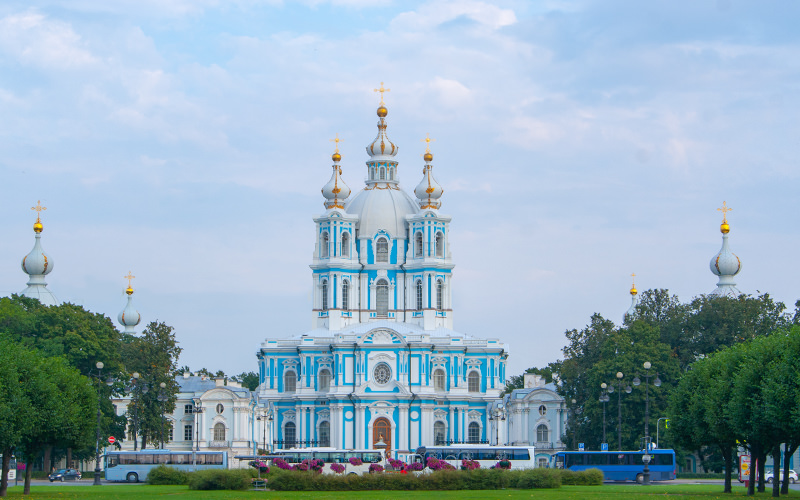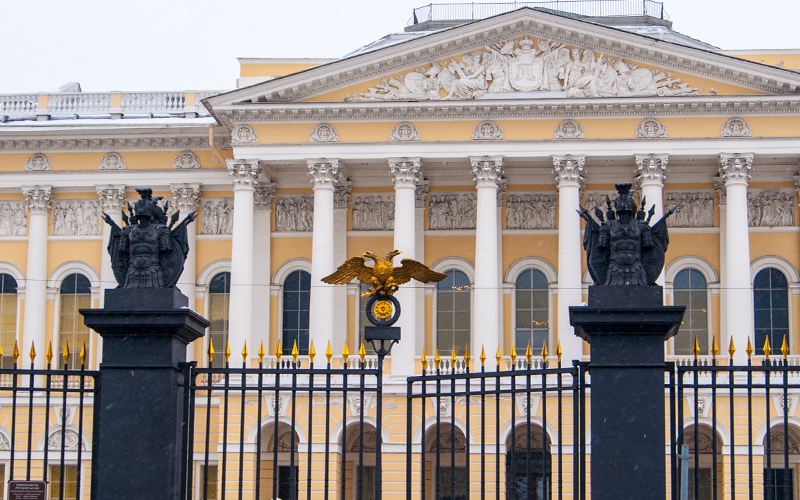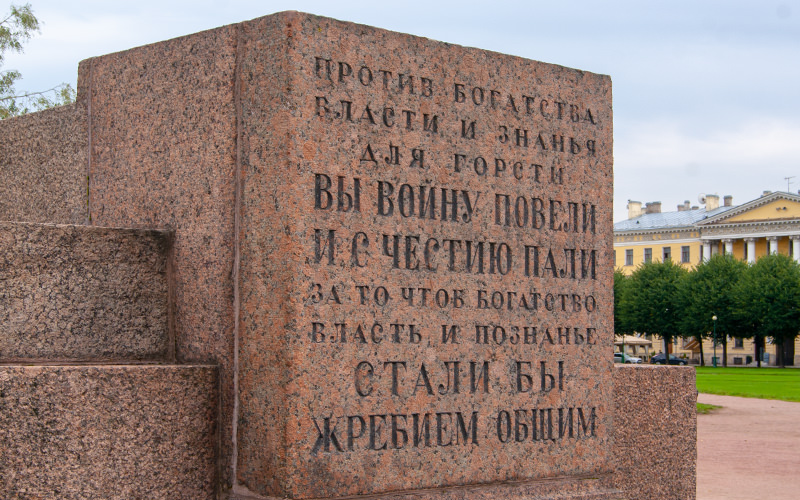In the central part of St. Petersburg, on the banks of the Griboedov Canal, stands one of the city's most famous landmarks, the Church of the Resurrection of Christ, often called the Savior on the Blood. I have wanted to share a story about this bright, unusual building for a long time, but in recent years its spire had been hidden from view by scaffolding, which spoiled photos of its façade. While strolling through the city a few weeks ago, I was happy to notice that the scaffolding had been removed, and now we can see the building in all its glory. Shall we take a look inside together?
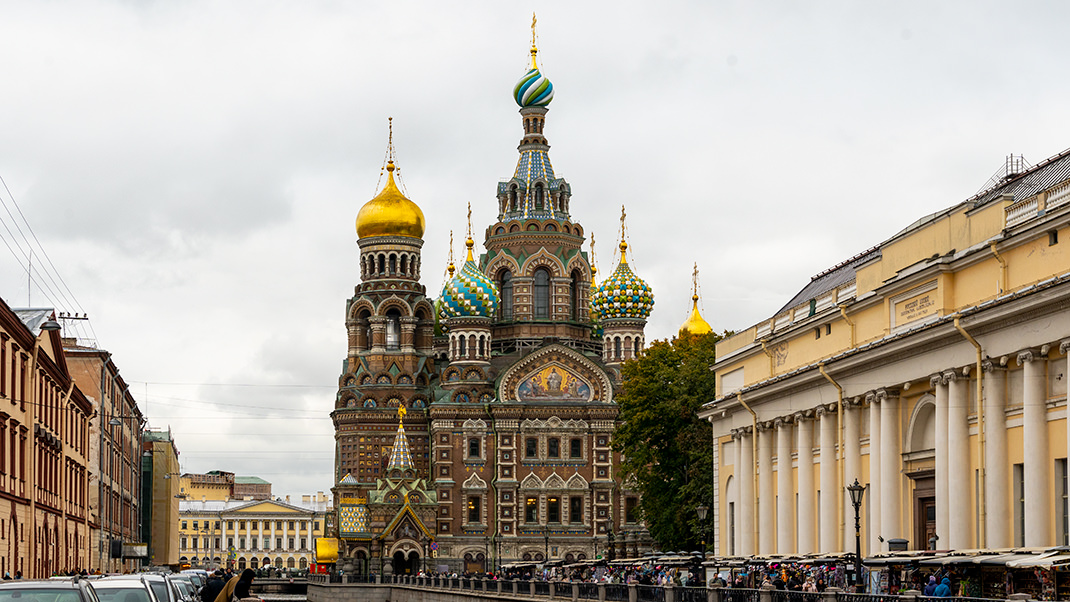
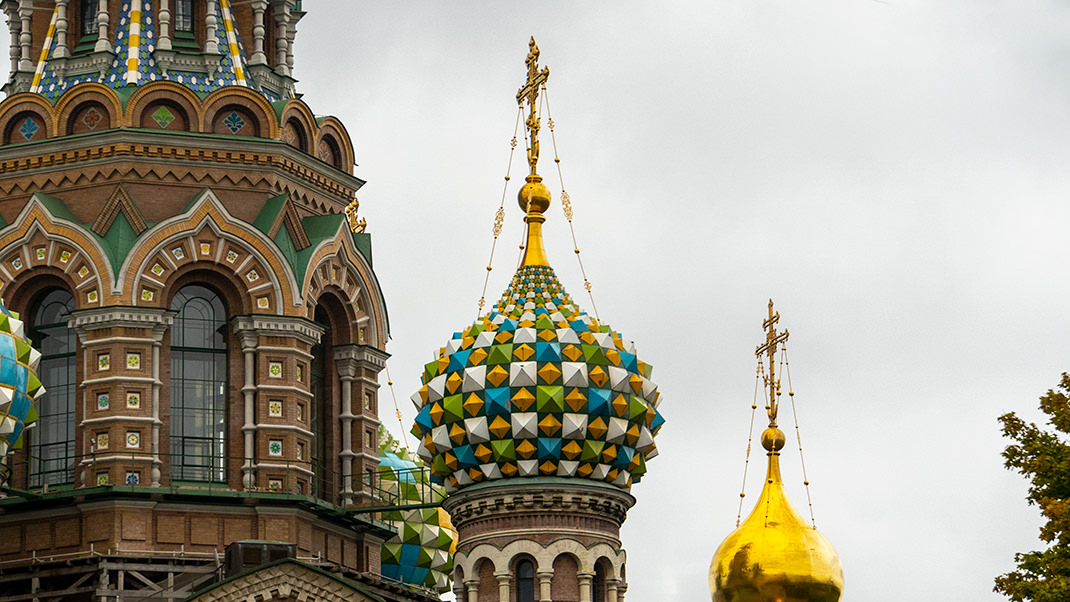
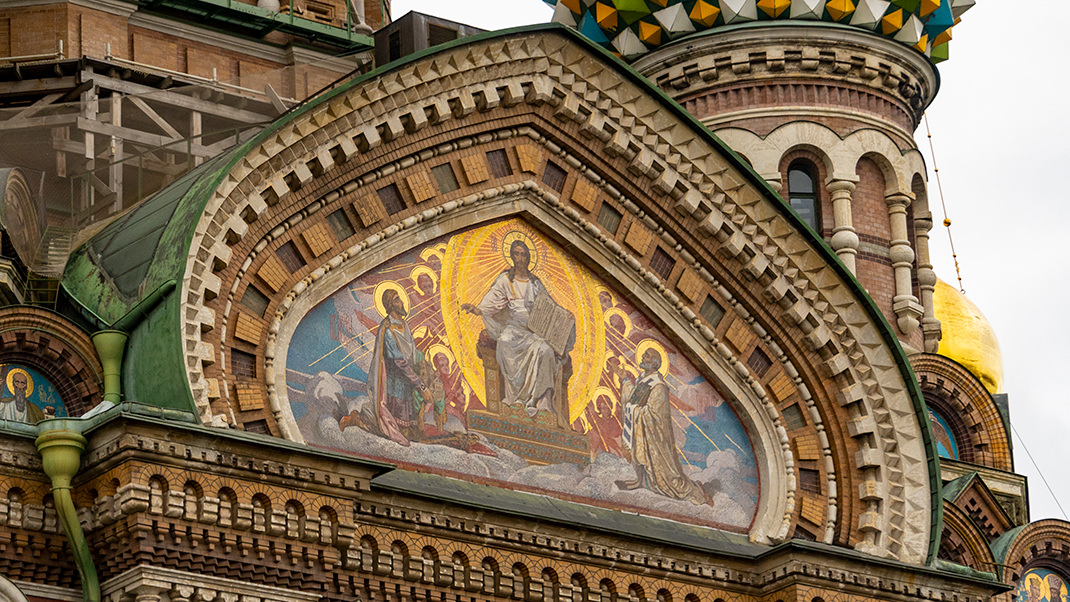
How to Get There by Metro
The address of the Savior on the Blood is Griboedov Canal Embankment, 2a. Just a few minutes' walk from here, at the intersection of the embankment and Nevsky Prospect, is the exit from the metro transfer hub “Gostiny Dvor” — “Nevsky Prospect.”
The admission fee for the cathedral without any discounts is 350 rubles during the day and 400 rubles in the evening (autumn 2021). Tickets can be purchased on the official website of St. Isaac’s Cathedral, which is now the branch of the Savior on the Blood. As soon as you enter the museum, you will be invited to join a guided tour of the church (the cost is included in the entrance fee).
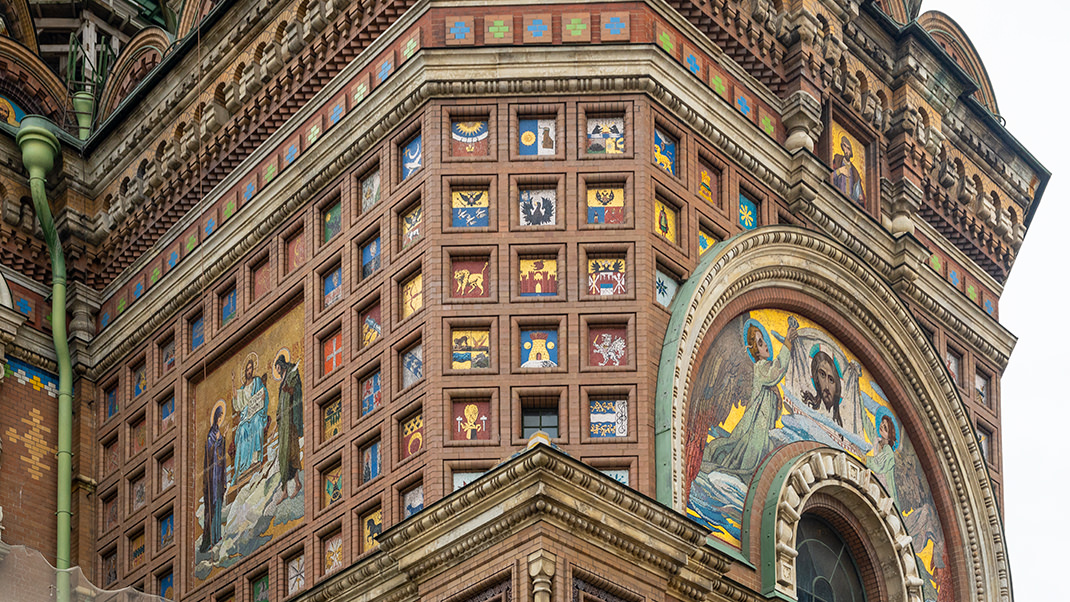

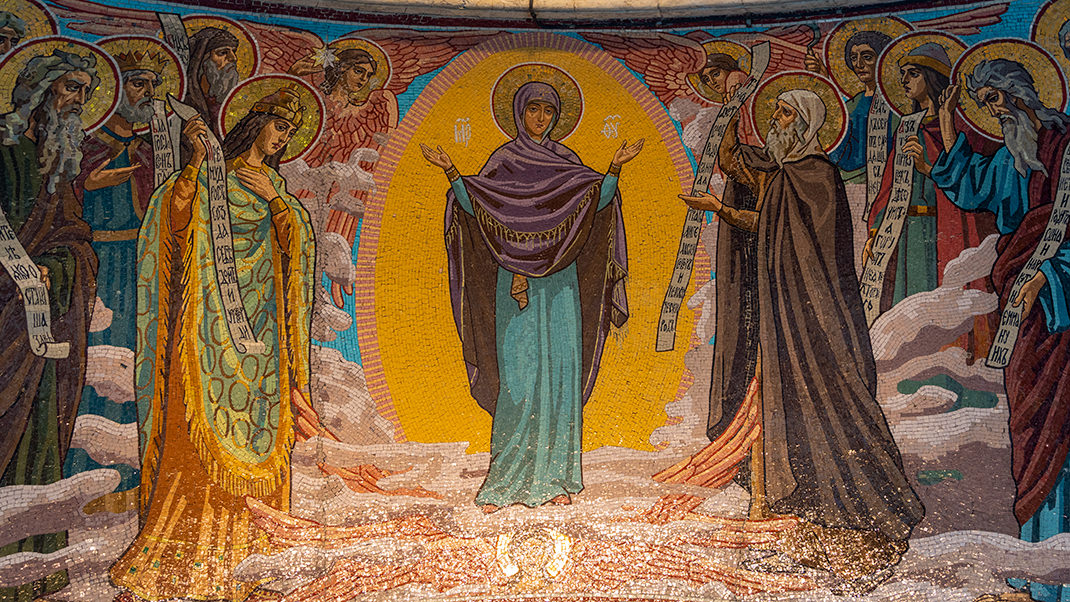
A Bit of History
Although the church on the Griboedov Canal can be considered one of the most vibrant and festive in St. Petersburg, its appearance on this site is linked to the tragic events that took the life of Emperor Alexander II. It was here, on March 1, 1881, that the Russian ruler was mortally wounded in a bomb explosion. Today, at this location, a small canopy, has been built inside the church.
Construction of the church began two years after the monarch's death and lasted until 1907. The construction work was led by architect Alfred Alexandrovich Parland (some sources also mention that Archimandrite Ignatius was the co-author of the original project). Parland’s works in St. Petersburg are not many, but he contributed to the creation of the fence around Mikhailovsky Garden next to the Savior on the Blood, the chapel, and the residential wing of the church, as well as a few tombstones and the rebuilt mansion on Kuybyshev Street.
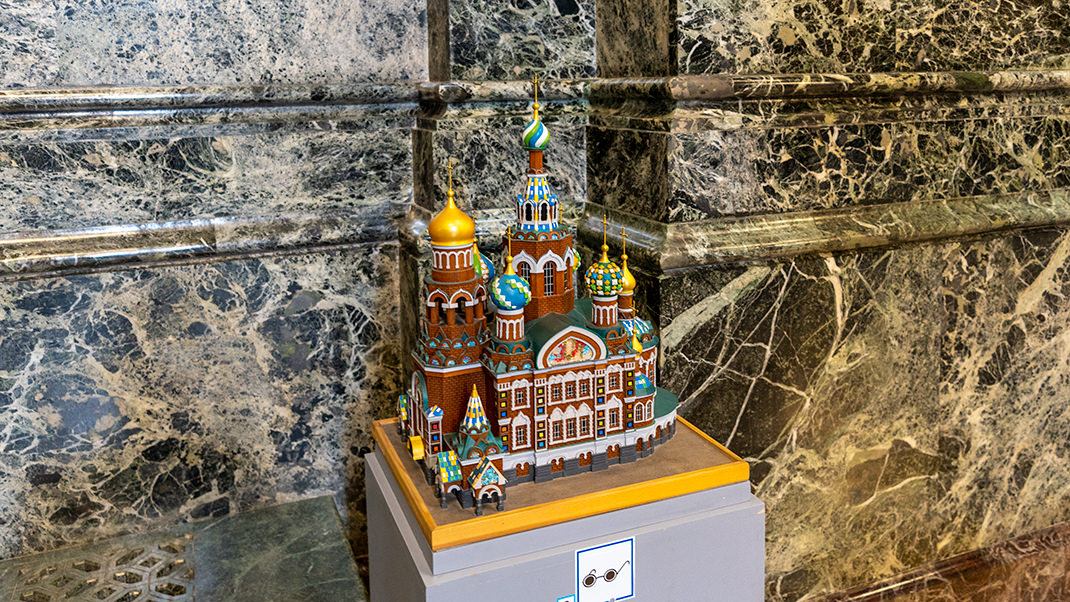
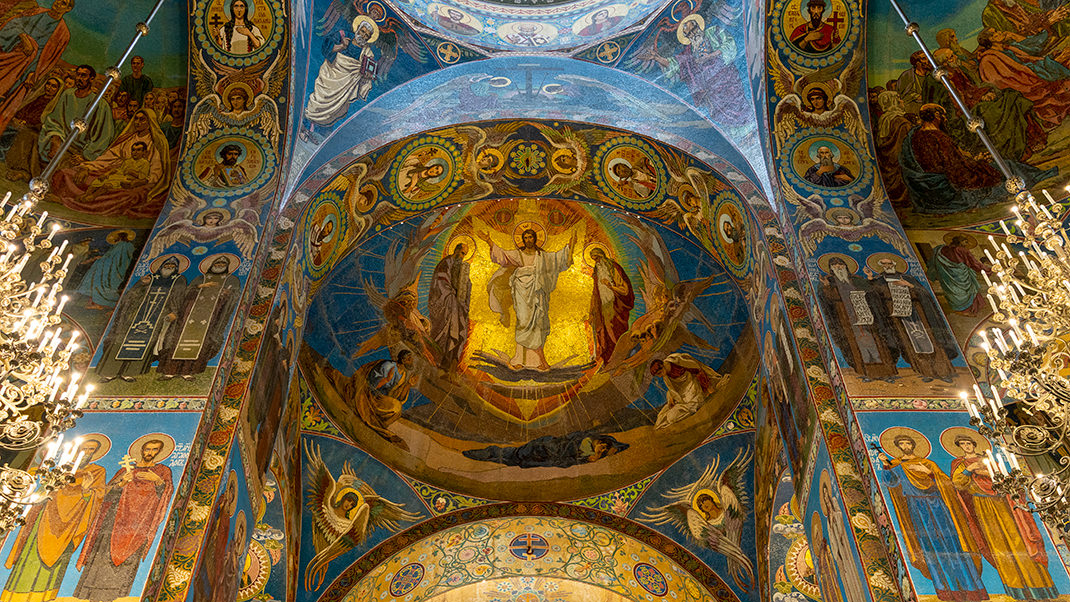
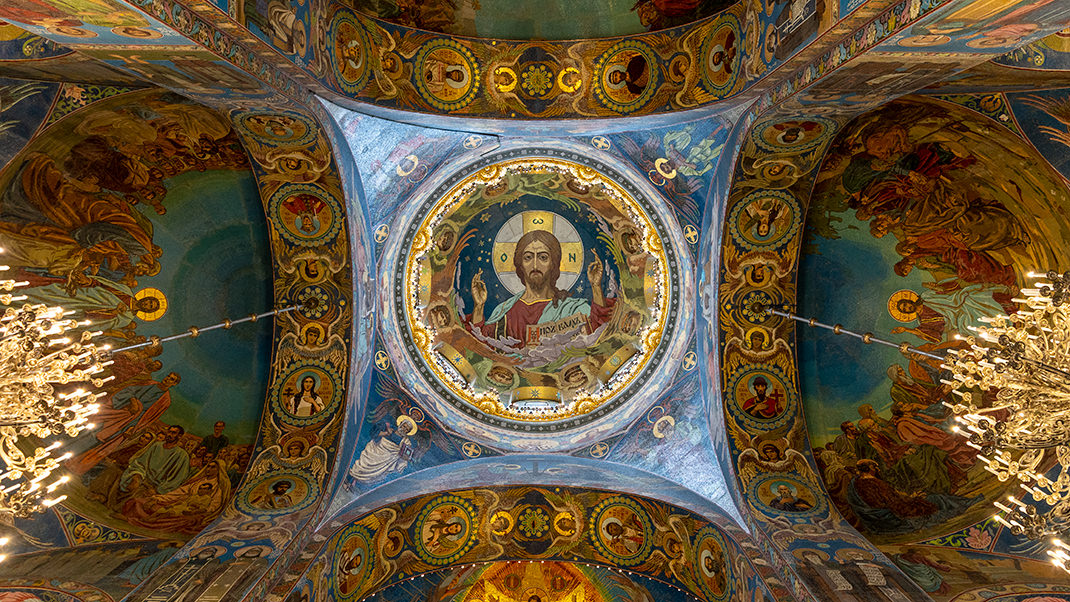
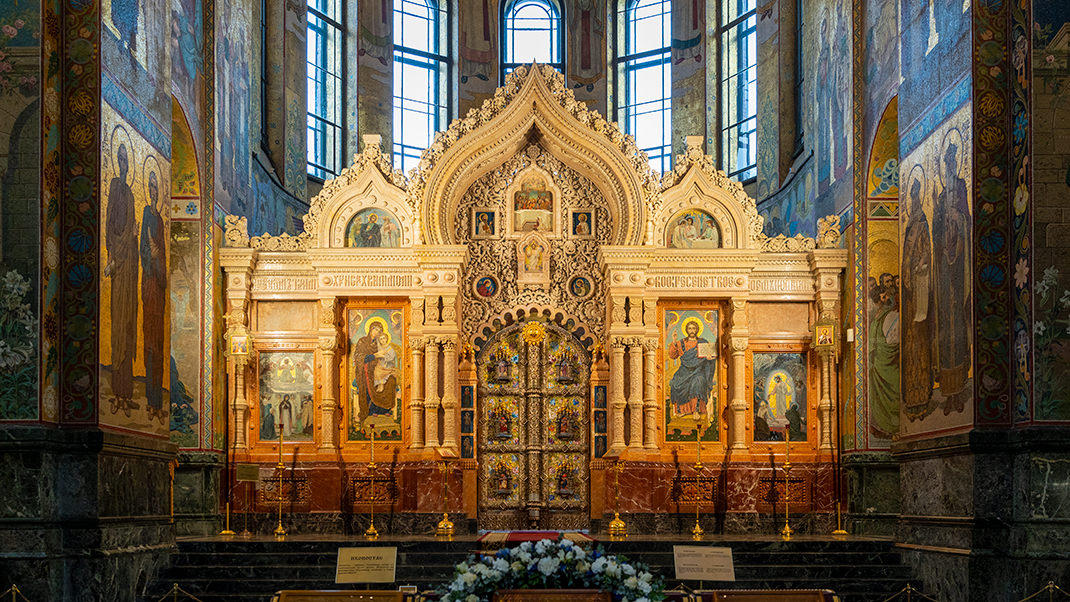
The Church of the Resurrection of Christ is built in the so-called Russian style, which utilized techniques and forms of ancient Russian architecture. No wonder our church resembles St. Basil's Cathedral in Moscow.
Perhaps the most common question I heard from visitors inside the church was: "What are the walls of the building made of?" The interior surfaces of the Savior on the Blood are covered in mosaics and semiprecious stones. Many mosaic elements can also be found on the building's façade. For example, on the side of the Griboedov Canal, you can see the coats of arms of Russian provinces, regions, and cities that donated funds for the construction of the church.
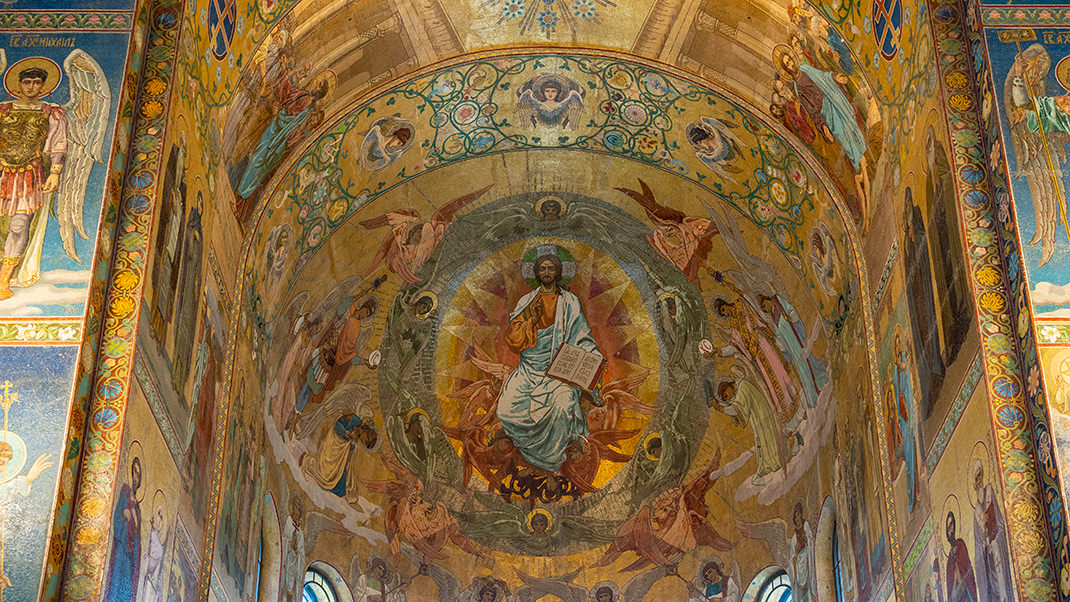
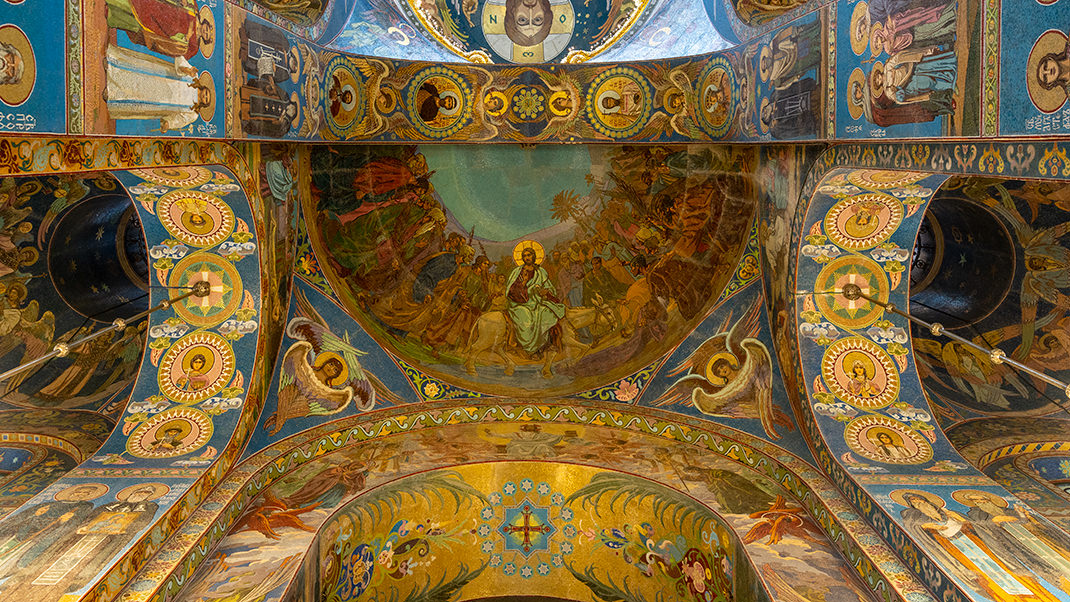
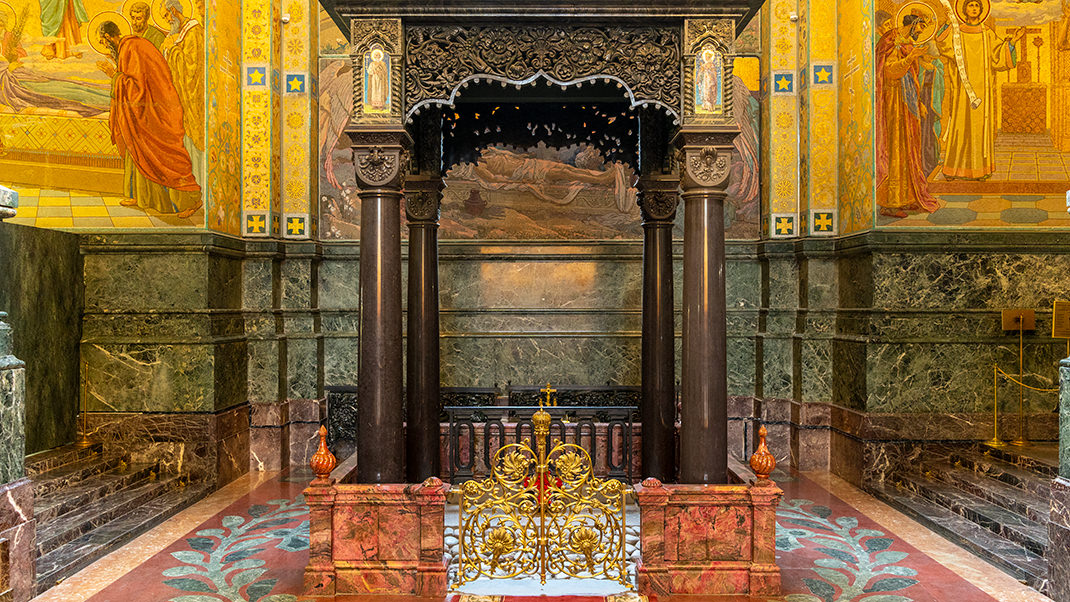
In 1930, the church was closed, and a few decades later, there were even plans to demolish it. Fortunately, these plans were not realized. During the harsh years of the blockade, it housed a morgue, and later, it became a vegetable storage, workshops, and warehouses. Today, the Savior on the Blood is one of the most popular architectural museums in the city. Thanks to its prime location and memorable appearance, the landmark attracts huge crowds of tourists all year round.
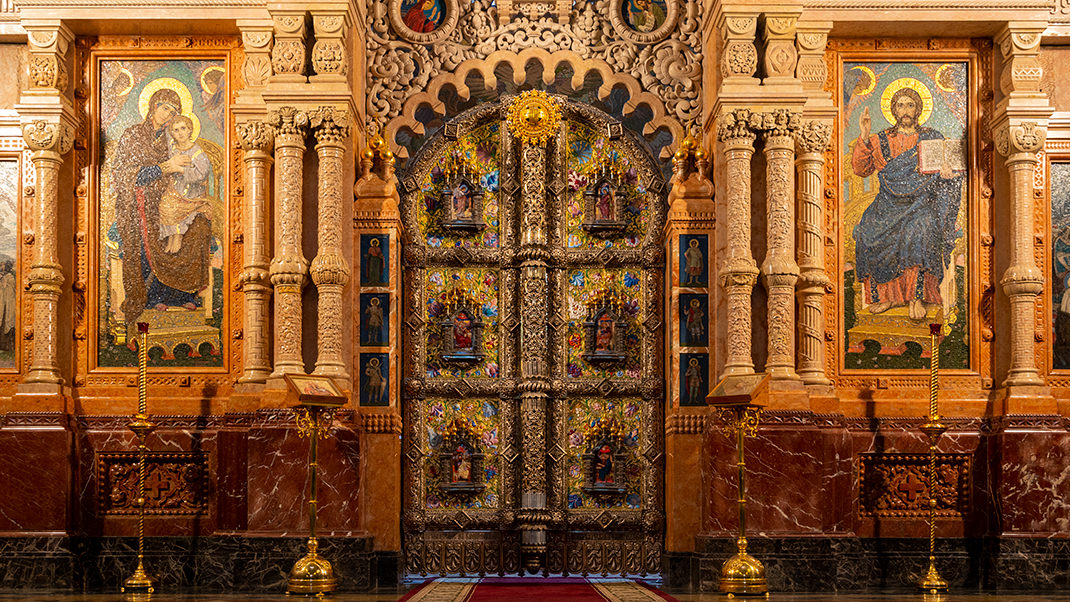
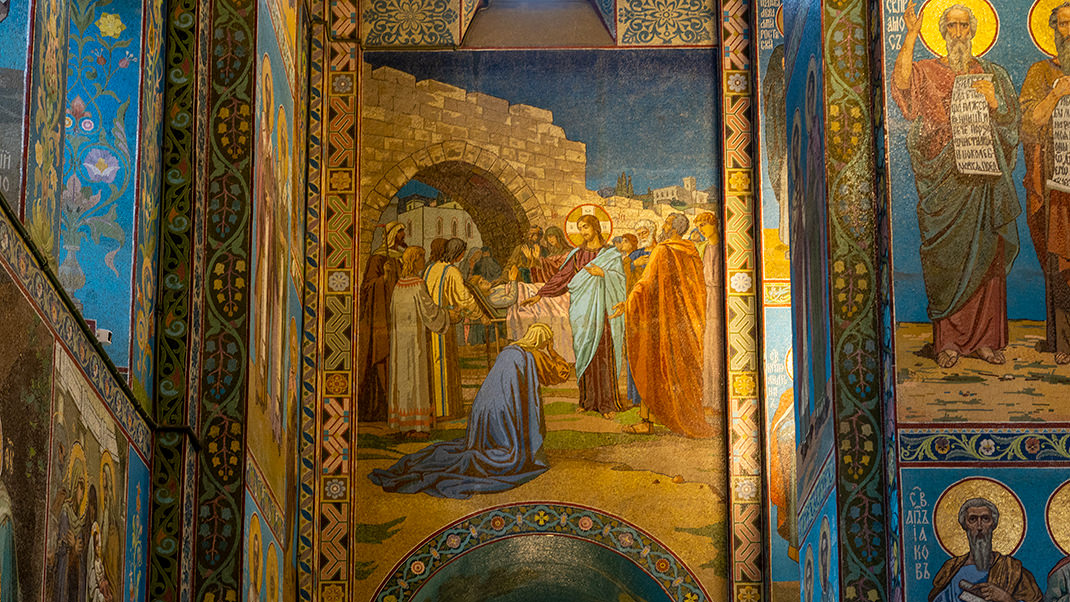
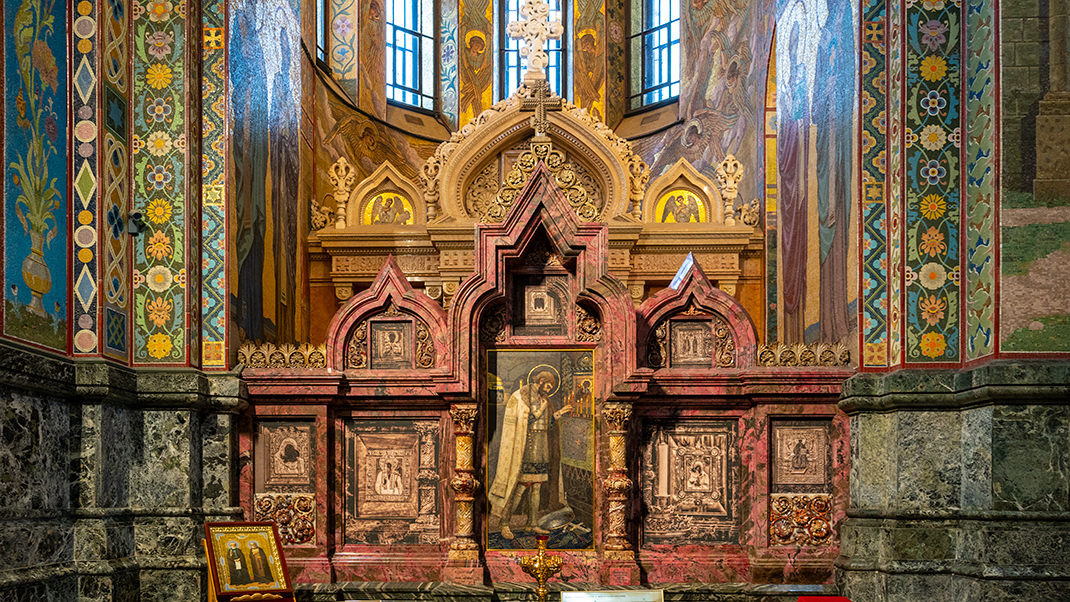
By the way, since we mentioned Moscow, when I first entered the Savior on the Blood, I immediately thought of the similarly bright decorations of the cathedrals in the Moscow Kremlin, which I visited about a year ago. I invite you to continue your exploration of Russian sacred architecture in the article about that trip.
Have a nice trip!



